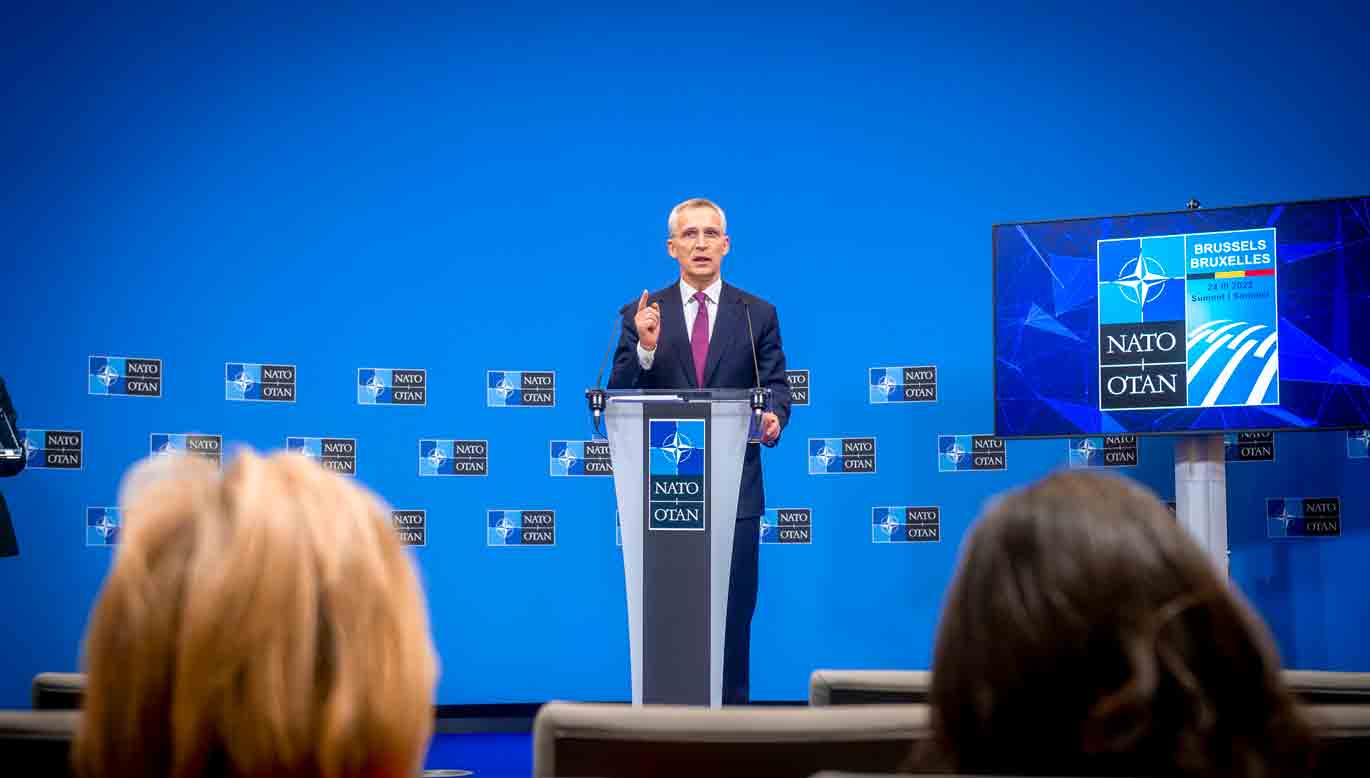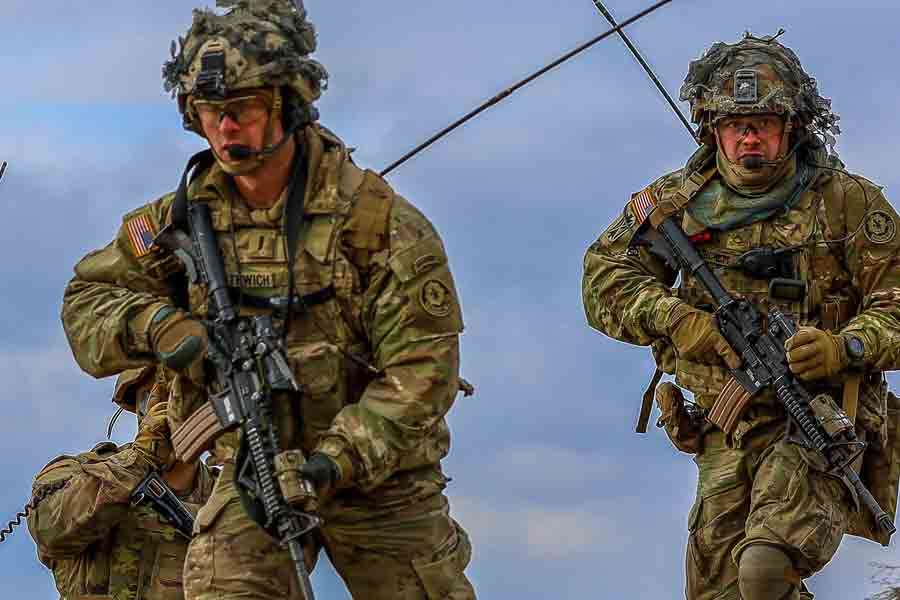More forces for NATO's eastern flank
New battlegroups for NATO's eastern flank, but more dramatic aid is needed, say experts, to keep Ukraine alive.
Anita Hawser
23 March 2022

NATO is set to double the number of battlegroups on its eastern flank, as part of efforts to strengthen the alliance's defensive posture in the face of continued Russian agression in Ukraine.
Ahead of an extraordinary Summit of NATO Heads of State and Government to be held in Brussels tomorrow, NATO Secretary General Jens Stoltenberg announced that four new NATO battlegroups will be deployed in Bulgaria, Hungary, Romania, and Slovakia.
“Along with our existing forces in the Baltic countries and Poland, this means that we will have eight multinational NATO battlegroups all along the eastern flank, from the Baltic to the Black Sea,” the Secretary General stated. “We face a new reality for our security, so we must reset our deterrence and defence for the longer-term.”
To avoid a direct confrontation with Russian forces, NATO has ruled out directly intervening in the war in Ukraine, but since the conflict began on the 24 February, it has placed hundreds of thousands of Allied troops at heightened readiness across the Alliance.
The NATO Response Force, a multinational force made up of 40,000 land, air, maritime and special operations personnel that can deploy at short notice, was activated for the very first time in a deterrence and defensive posture in the eastern part of the Alliance. NRF units, led by France, which leads this year’s high-readiness element, arrived in Romania in early March.
One hundred thousand US troops are now stationed in Europe, and 40,000 forces are under direct NATO command, mostly in the eastern part of the alliance. These forces are backed by major air and naval power, including five carrier strike groups in the High North and in the Mediterranean. Some NATO member countries, such as Poland, have called for a peacekeeping mission in Ukraine, while some of the Baltic countries, which are nervous they could be Putin's next target, have called on NATO not to rule our direct military action.
Stoltenberg said NATO member countries would continue to support Ukraine's right to self-defence by supplying military support, including anti-tank and air defence systems, drones, fuel and ammunition. However, calls by Ukrainian President Volodmyr Zelenskyy for a no-fly zone to be imposed over Ukrainian airspace and for MiG-29 Russian fighter jets to be sent from Poland, have not been heeded by the West, for fear that it could draw them into a dangerous war with Russia.
So far, Ukrainian armed forces have been able to use the anti-tank and anti-aircraft missiles and combat drones donated by Western countries to stall Russian forces attemps to conquer Ukraine. But as a beleagured President Zelenskyy has pointed out on numerous occasions, without more sophisticated air defences or a no-fly zone, the Russian missiles and bombs keep coming, wreaking devastation on civilian lives and infrastructure in Ukraine.
Washington-based research group, the Institute for the Study of War, says the initial Russian campaign to invade and conquer Ukraine has failed, and that the war is now settling into a stalemate condition in much of the theater. "But the war isn’t over," it says, "and isn’t likely to end soon. Nor is the outcome of the war yet clear.” The Institute called for the West to continue supplying Ukraine with the weapons it needs to fight, but said it must now also expand its aid dramatically to help keep Ukraine alive as a country even in conditions of stalemate.
RELATED ARTICLES
It's Time to Get Sneaky
What would a ‘sneaky war’ against Russia look like?
